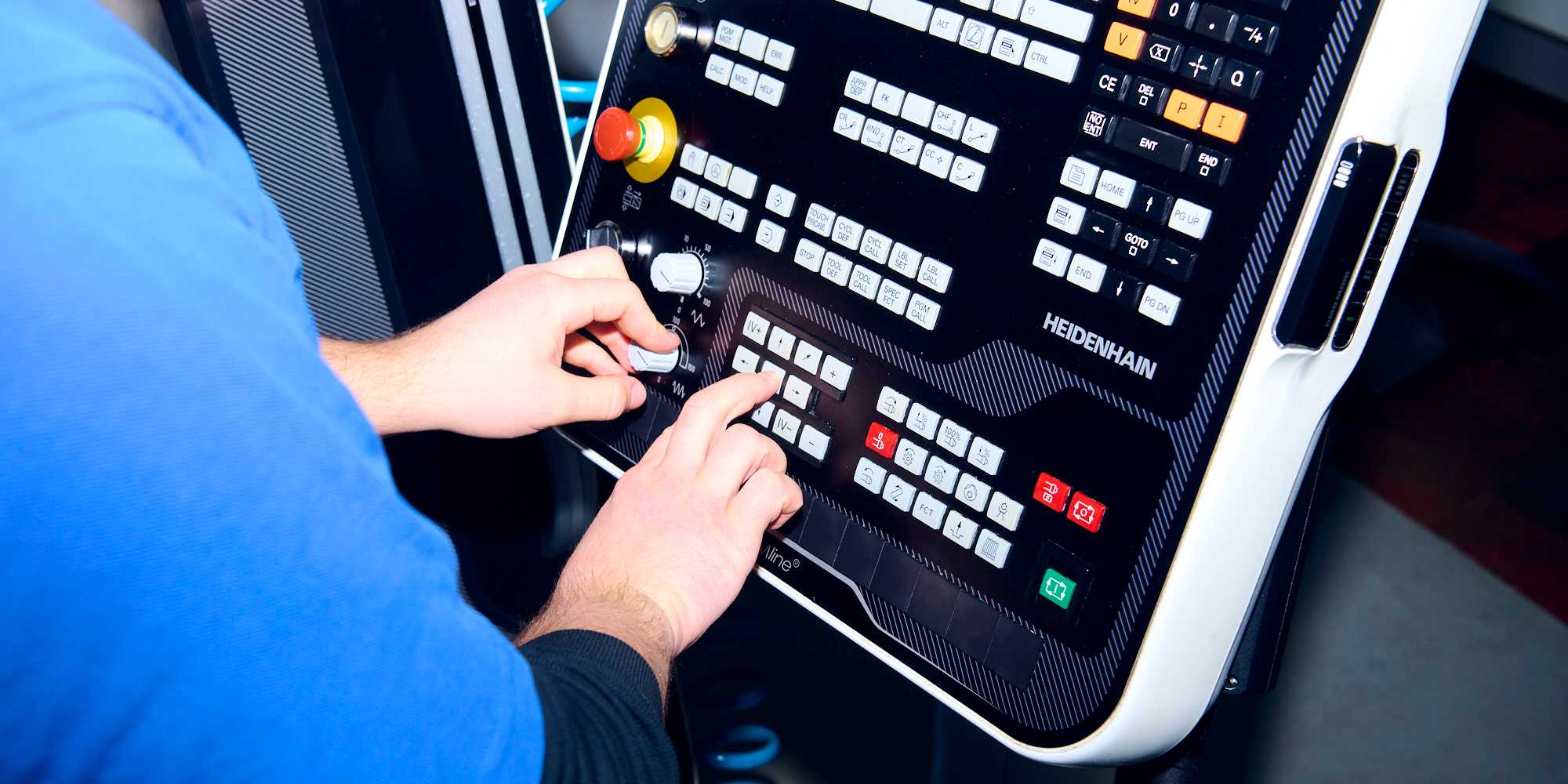
Achieving their goal
Ten apprentices from the Department of Physics gained new knowledge through the Physics4mation project.
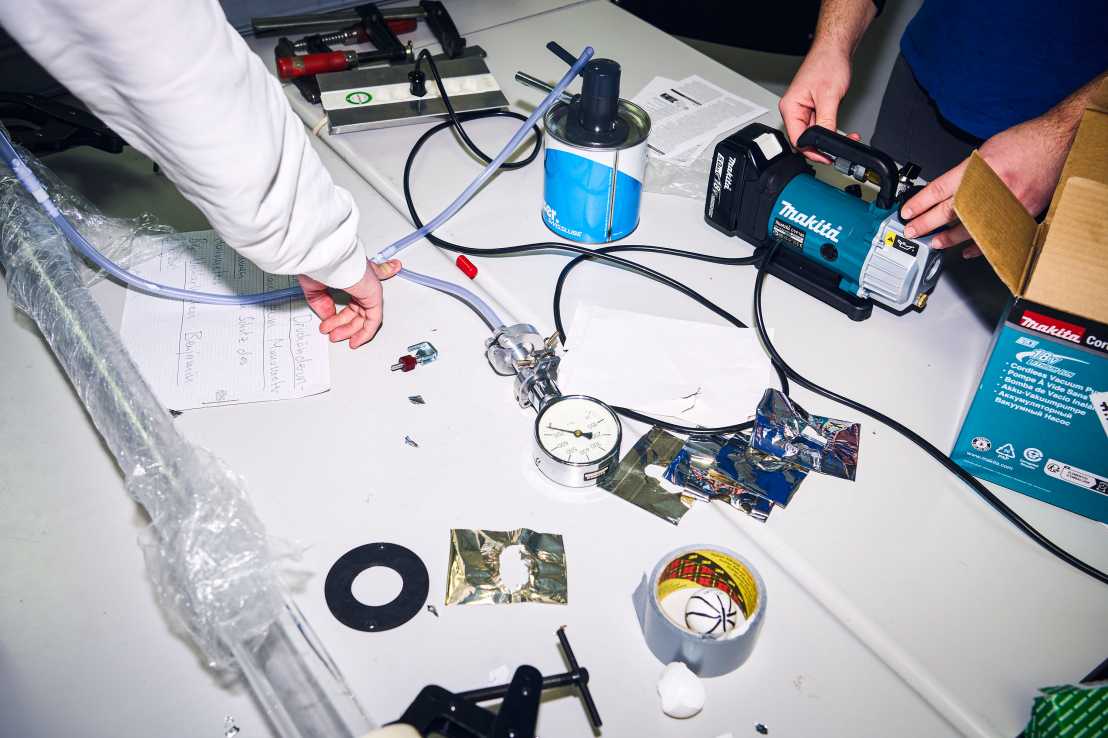
Following last year's successful pilot project, Physics4mation took place again this year. Two teams, consisting of apprentices from various apprenticeships in the Department of Physics, realised interactive exhibits for the Careers fair. This opportunity allowed them to gain experience in project management and in how to build networks.
One team decided to build a vacuum cannon that shoots a ping-pong ball into a collecting net. The team included Laurin, a third-year apprentice design engineer; Benjamin, a fourth-year apprentice physics laboratory technician; Salvatore, a third-year apprentice polymechanic; and Mia and Simon, both second-year apprentice electronics technicians. Laurin took the lead of the team.

The second team decided to realise a laser duel, where two players compete against each other to direct a laser beam via mirrors onto a target within a given time. This team consisted of Jonas, a third-year apprentice polymechanic and team leader; Inzhu, a first-year apprentice polymechanic; Andri, a fourth-year apprentice physics lab technician; Julian and Manuel, both second-year apprentice electronics technicians.
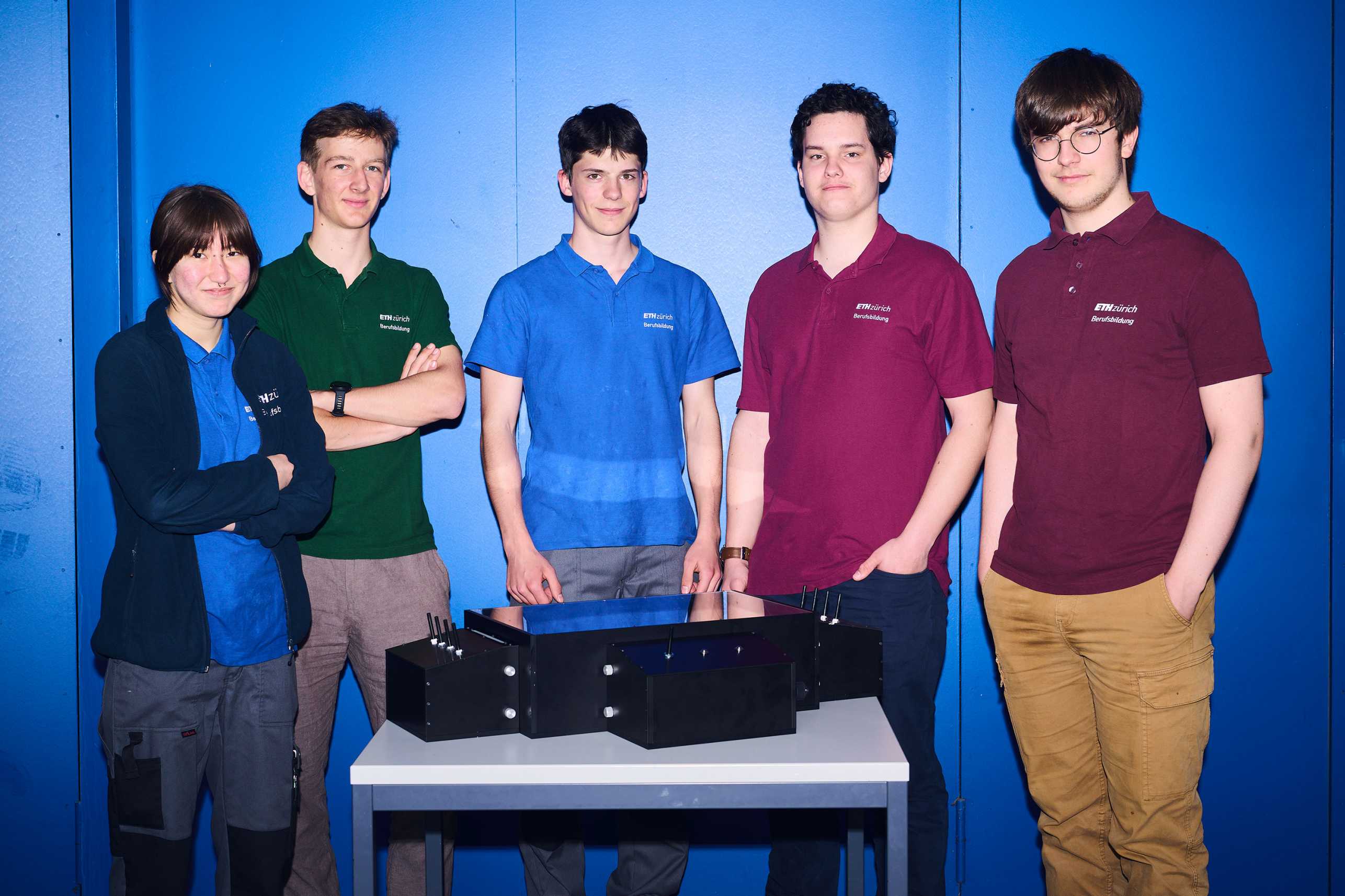
As not all team members were always available at the same time, collaboration within the team had to be coordinated and a schedule for the project had to be drawn up. In retrospect, Jonas believes that his team's time planning was not precise enough: he would handle this differently in the future. The exchange between different apprentice roles also required attention, Laurin explains, as everyone has their own profession-specific perspective. The varying level of knowledge of each team member, which depends on how far they are in their apprenticeship, was another challenge, according to Jonas. It is therefore not surprising that, during their final presentations, both teams emphasised the importance of good communication and of time management as important aspects.
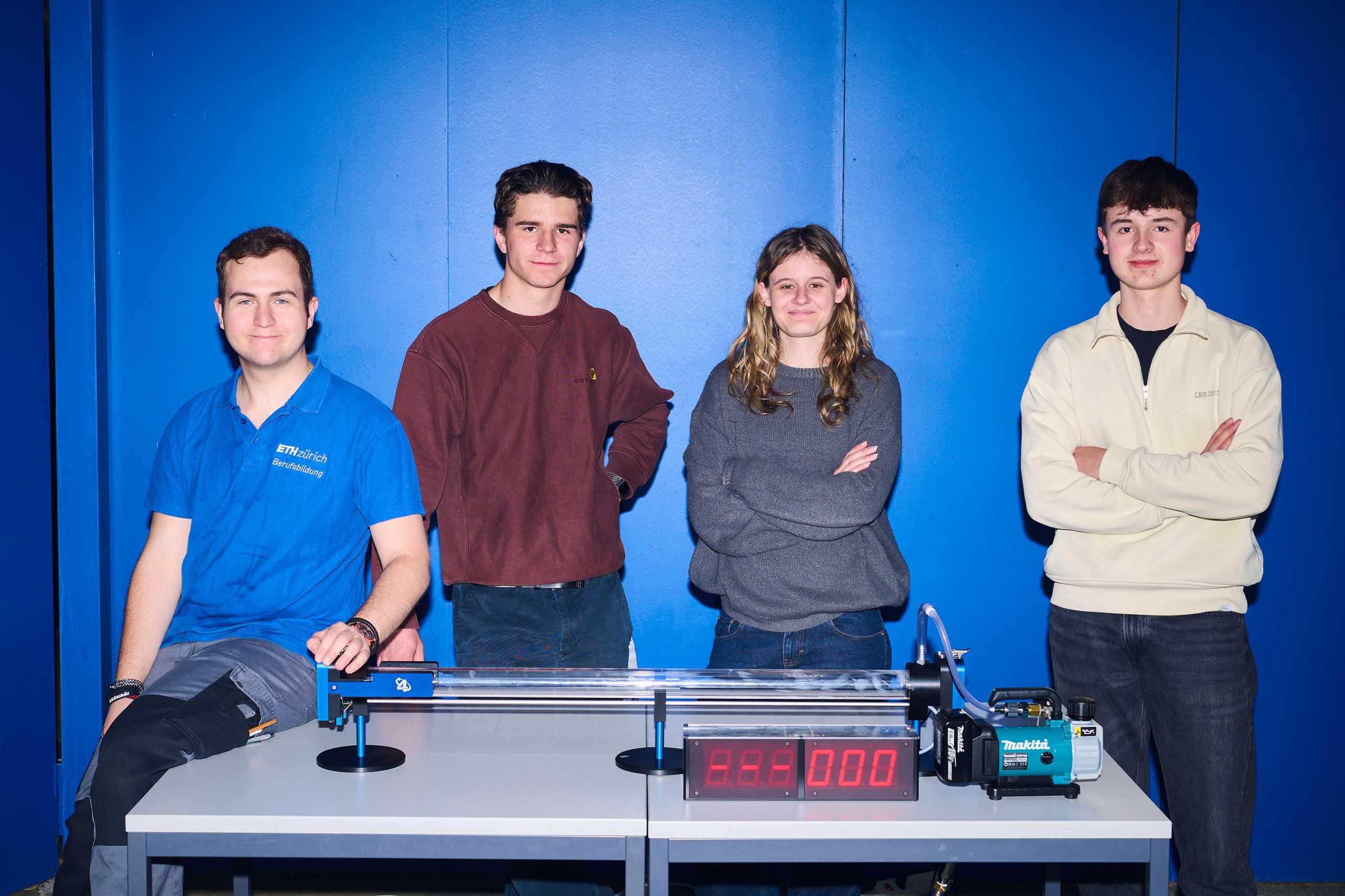
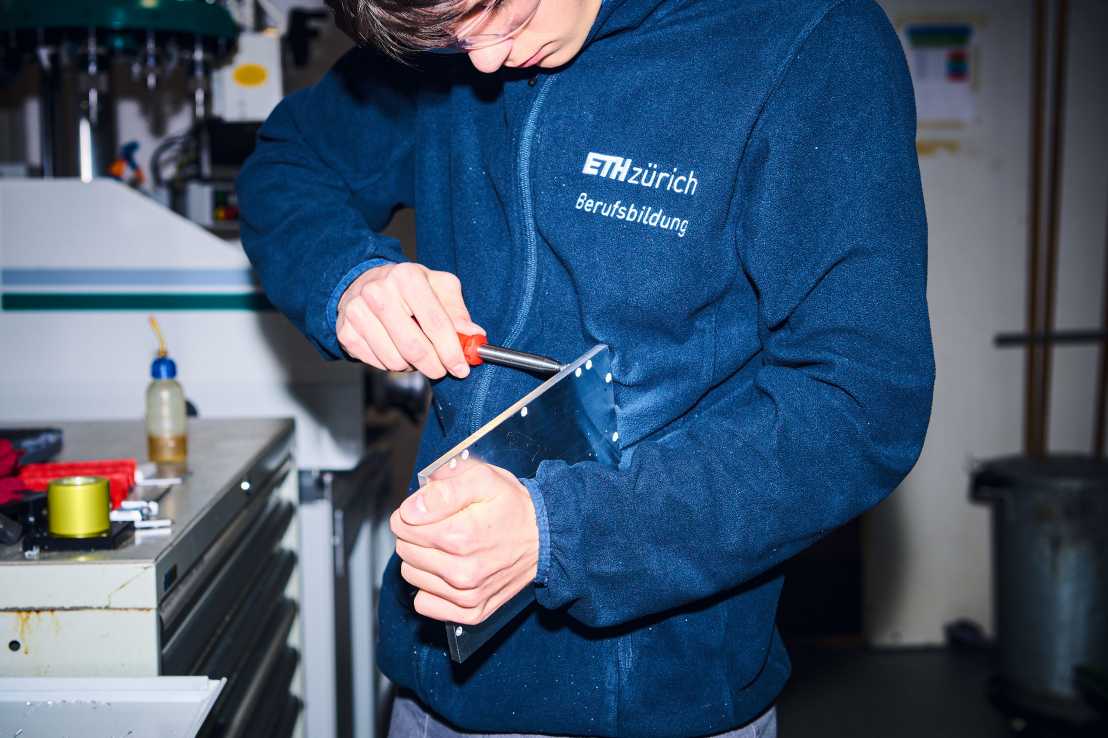
Both teams remember the best moment of their projects: the first time their exhibit items worked! Both teams received support in the production of individual parts from apprentices in the workshop and from trainee electronics technicians who helped with wiring and soldering.
In the end, time was tight and the two projects
were not yet entirely finished for the teams' final presentations. However, this is not considered an issue for Physics4mation. The aim of the project is to allow apprentices to gain new insights and reflect on their learning experiences: these goals have definitely been achieved. The final items are being completed so that they will be ready for display at the fair.

Translated from German by Gaia Donati